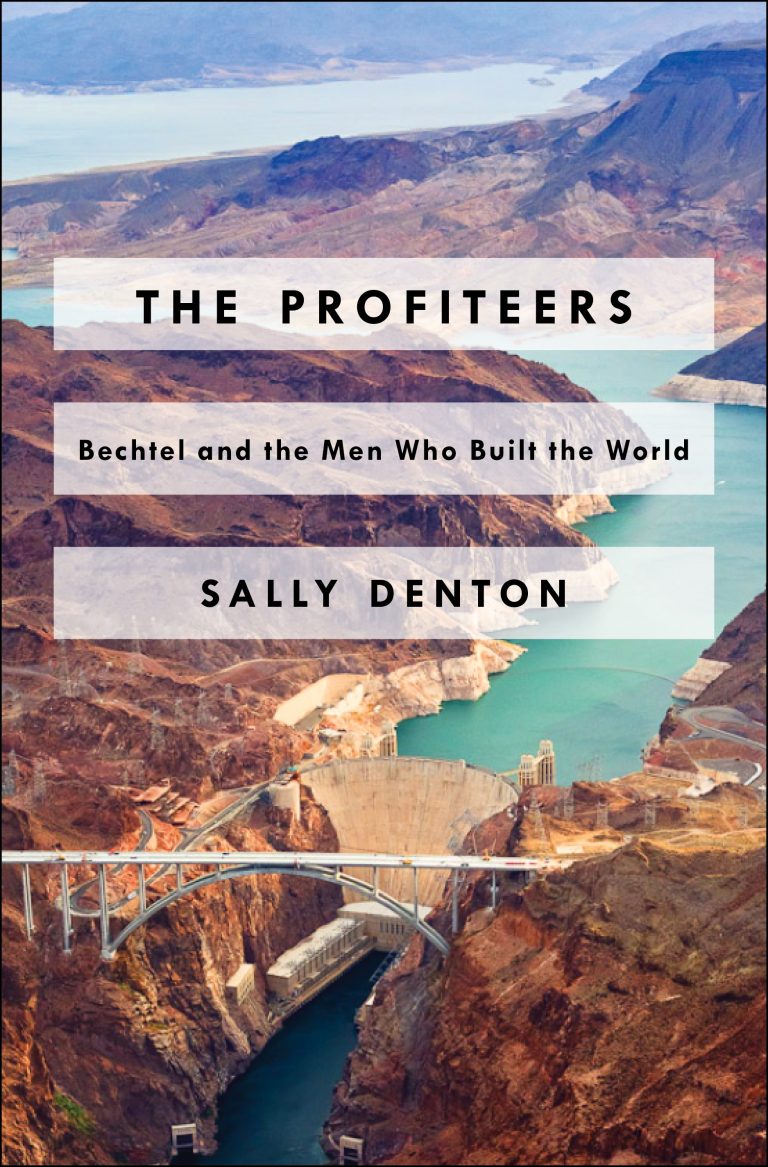By Terrence Keeley
The lessons of the past year for central bank reserve managers – overseers of $7,000bn in foreign exchange assets, four times the amount managed by their flashier cousins, the sovereign wealth funds – stand in stark contrast to the convictions they developed over the prior decade.
As central bank forex assets quadrupled in the 10 years following the emerging markets crisis of 1998, reserve liquidity was deemed excessive and more diversified investment strategies compelling. With growing confidence, sovereign assets were shifted away from the US dollar, government bonds and gold to higher-yielding currencies, credit and even equity instruments.
The government-sponsored enterprises Fannie Mae and Freddie Mac (and by second derivative, US homeowners) were primary beneficiaries of this trend; central bank holdings of GSE debt grew from about $100bn in 2001 to more than $1,000bn at their peak last year. Commercial banks also swelled with central bank deposits rising from $400bn to $1,400bn over the same period.
In a single, memorable autumn, however, eight years of excess returns by risk assets over government bonds were eviscerated. And rather than drowning in US dollars, central banks the globe over were engulfed by a vicious dollar shortage. To mitigate downward pressures on emerging market and other currencies, the US Federal Reserve was forced to arrange emergency US dollar swap lines with central banks across Europe, Asia and Latin America. Had Korea, Mexico and some developed countries not had this additional dollar liquidity, financial institution failure and massive capital flight in a number of countries could have proved catastrophic.
So what has been learnt?
The first lesson has been that asset diversification entails risks not well-suited for central banks’ other, more pressing responsibilities. In moments of crisis, correlation and diversification arguments break down; only the most liquid instruments are useful. As profit maximisation is subsidiary to the role of safeguarding financial market stability, central bankers are reconsidering the proper amount of diversification for their portfolios. Excess liquidity is no longer deemed excessive.
A second lesson is that in an extreme crisis, there is no alternative to the US dollar. Indeed, far from needing a new “super-sovereign currency,” most central banks need more US dollars. Moreover, those dollars need to be invested in the safest instruments possible, namely US Treasury bills, notes, and bonds. All other assets in a crisis are ineffective.
A third lesson is that where higher return is still a valid objective, there must be something more appropriate than GSE debt. Higher-yielding, implicit government-guaranteed bonds still have allure — but a 14 per cent allocation is excessive, and it feeds into global imbalances. US authorities will need to review their strategy for the US housing agencies. Foreign central banks are unlikely to participate as they once did in an expanding GSE business model.
A fourth lesson is that gold is shifting back from a sovereign reserve asset central banks were inclined to underplay to one of growing, strategic interest. This shift is logical; gold remains the world’s primary financial asset that is no one’s liability. In the past few months China has reported a rise in its official gold holdings of 15 million troy ounces (about 450 tonnes), more than the amount sold by the UK, Spain, and the European Central Bank combined in the previous six years. Despite this massive addition, China’s gold allocation has risen from less than 1 per cent to only 1.6 per cent, a fraction of the amount commonly found in Europe and the US. With China holding 20 per cent of total international currency reserves, where it goes, others take heed.
In the worst crisis in decades, central banks found their new wealth in conflict with their primary function of maintaining orderly markets and supporting the global banking system. The impulse to protect their owned capital collided with more pressing responsibilities of calming the credit markets and stabilising systemically important financial institutions. “Excess reserves,” US dollars and even gold are now seen as extremely useful, counter-cyclical tools for future crises. One should expect the world’s fastest growing institutional client segment — that is to say, central bank reserve managers, not hedge funds or even sovereign wealth funds — to have more of all three in future.


